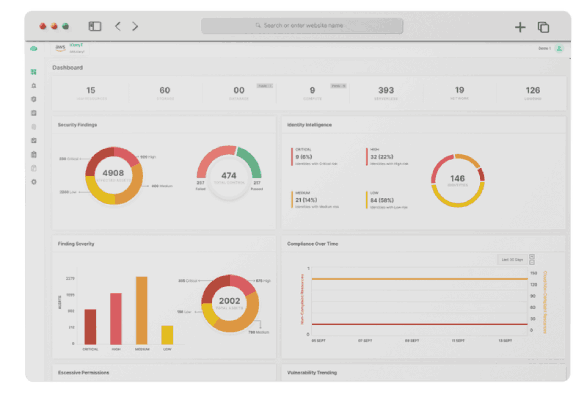Zendesk Outgoing (two way) Integration with CloudDefense.AI
Integrating Zendesk Outgoing with CloudDefense.AI is great as it allows for efficient two-way communication and enhanced security measures for customer support and incident response workflows.
Integration of Zendesk Outgoing (two way) with CloudDefense.AI
Zendesk Outgoing (Two Way)
Zendesk Outgoing (Two Way) is a feature of the Zendesk customer service platform that allows for seamless bidirectional communication between Zendesk and other external systems. It enables the sending and receiving of data, messages, and notifications, making it possible to integrate Zendesk with various applications and workflows.
Benefits of Integrating Zendesk Outgoing (Two Way) with CloudDefense.AI
Integrating Zendesk Outgoing (Two Way) with CloudDefense.AI offers several benefits for organizations seeking to enhance their cybersecurity posture. Firstly, it enables real-time notifications and updates from CloudDefense.AI to be sent directly to Zendesk. This ensures that the support team can quickly identify and respond to potential security threats or issues, improving incident response times.
Additionally, the integration allows for the seamless exchange of information between Zendesk and CloudDefense.AI. This means that support agents can easily access relevant data and insights from CloudDefense.AI within Zendesk, empowering them to provide more accurate and effective support to customers when addressing security concerns or inquiries.
CloudDefense.AI's Role in Securing Cloud Infra and Applications
CloudDefense.AI helps secure your cloud infrastructure and applications through DevSecOps tools that scan code in repositories, web applications, and various cloud tools such as CIEM (Cloud Infrastructure and Environment Management), CSPM (Cloud Security Posture Management), attack graph, and more.
By scanning code in repositories, CloudDefense.AI identifies security vulnerabilities and flaws early in the development process. This ensures that potential threats are addressed before they can be exploited, minimizing the risk of data breaches or unauthorized access.
The scanning of web applications helps identify common vulnerabilities, such as cross-site scripting or SQL injection, allowing development teams to remediate them promptly. By offering visibility into cloud tools like CIEM and CSPM, CloudDefense.AI helps organizations maintain robust security postures across their cloud environments, ensuring compliance with regulations and industry best practices.
Moreover, CloudDefense.AI leverages advanced technologies such as attack graph analysis to map out potential attack paths and identify weaknesses in the infrastructure. This helps organizations proactively remediate vulnerabilities and strengthen their security posture.
Overall, CloudDefense.AI's comprehensive suite of DevSecOps tools and capabilities helps organizations protect their cloud resources, applications, and data by identifying, addressing, and mitigating security risks throughout the development and operational lifecycles.
Instructions for integrating Zendesk Outgoing (two way) with CloudDefense.AI
Zendesk Outgoing (two way) integration in CloudDefense.AI's dev sec ops platform is straightforward, streamlined, and user-friendly, making it effortless to install and enhance communication channels between Zendesk and the cybersecurity platform for efficient incident management and response.
Book A Live Demo
Integrating your cloud infrastructure with Zendesk Outgoing (two way) and CloudDefense.AI is seamless, providing efficient communication channels for outbound support requests and enhancing security measures with automated threat detection.
Book A Live Demo




